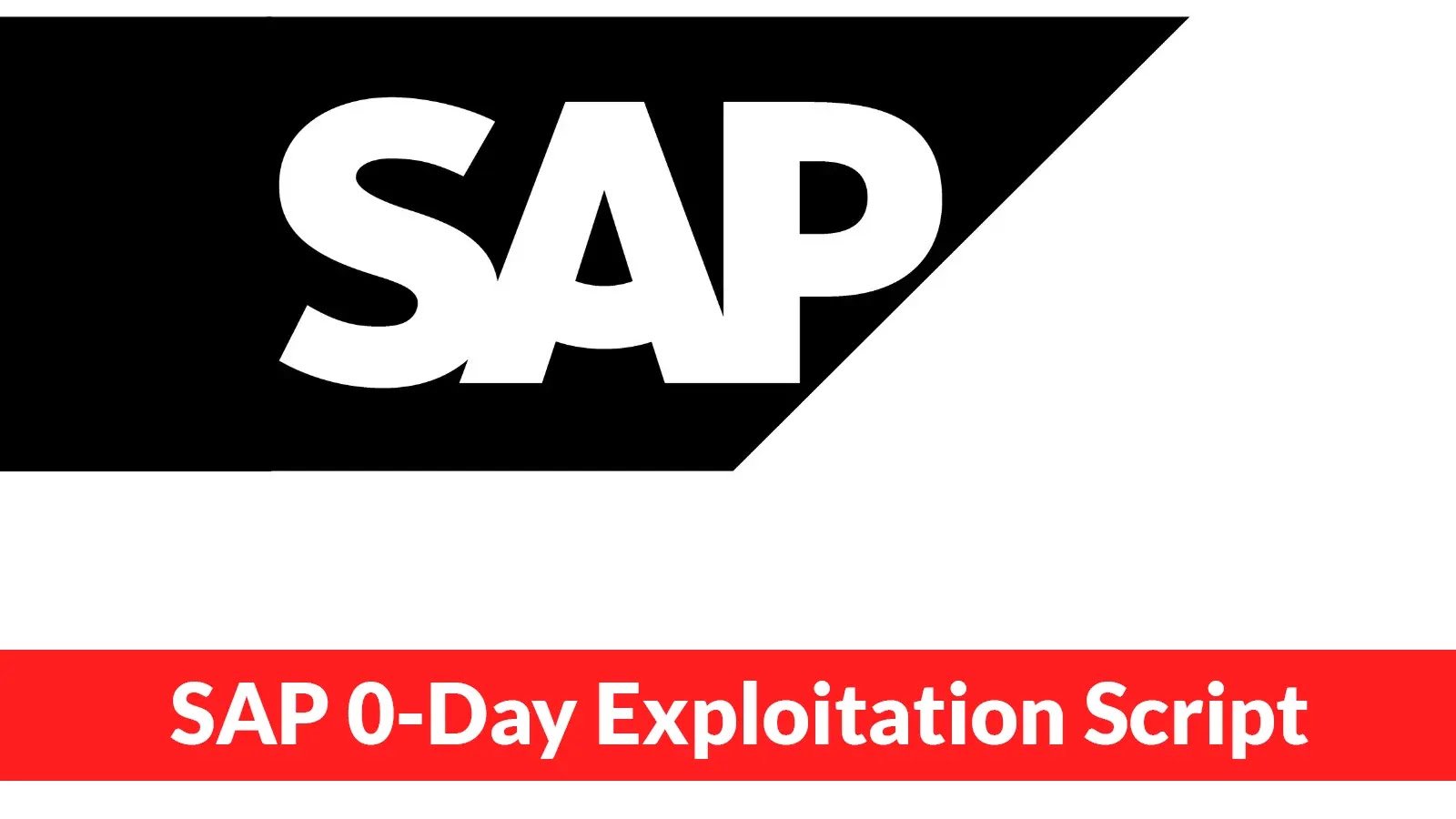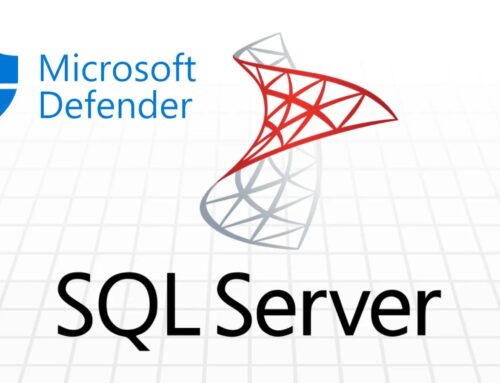
Technical Details of SAP 0-Day Exploitation Script Used to Achieve RCE Disclosed
The cybersecurity landscape is constantly evolving, with new threats emerging that challenge even the most robust defenses. A sophisticated zero-day exploitation script targeting SAP systems has recently surfaced, sending ripples through the enterprise security community. This malicious payload demonstrates advanced remote code execution (RCE) capabilities, posing a significant risk to organizations globally that rely on SAP infrastructure. As expert cybersecurity analysts, understanding the technical underpinnings of such threats is paramount to effective defense.
The Anatomy of an SAP Zero-Day Attack
This newly identified zero-day script specifically targets vulnerabilities within the SAP NetWeaver Application Server. Its destructive potential lies in its ability to exploit weaknesses in a crucial component: the Internet Communication Manager (ICM). The ICM is responsible for handling communication between SAP systems and external clients, making it a highly sensitive and critical part of the SAP architecture. By compromising the ICM, attackers can establish unauthorized system access and execute arbitrary code, leading to complete system compromise.
The term “zero-day” signifies that the vulnerability was previously unknown to SAP and its users, meaning no official patches or security updates were available prior to the exploit’s disclosure. This gives attackers a crucial window of opportunity to compromise systems before defenses can be effectively deployed.
The Remote Code Execution (RCE) Threat
Remote Code Execution (RCE) is one of the most severe classes of vulnerabilities. It allows an attacker to execute their own commands on a remote system, effectively giving them complete control. In the context of this SAP exploit, achieving RCE means an attacker could:
- Exfiltrate sensitive corporate data (financial records, intellectual property, customer data).
- Install backdoors for persistent access.
- Manipulate or corrupt critical business processes.
- Pivot to other systems within the network.
- Launch further attacks from the compromised SAP system.
The impact of such an attack on an enterprise, particularly one heavily reliant on SAP for its core operations, could be catastrophic, leading to data breaches, operational disruption, and significant financial and reputational damage.
Targeted Component: SAP NetWeaver ICM Vulnerabilities
While the specific CVE ID for this zero-day vulnerability is not yet publicly disclosed, the focus on the SAP NetWeaver Application Server’s Internet Communication Manager (ICM) component is a critical detail. The ICM processes incoming HTTP, HTTPS, and SMTP requests, making it an ideal target for remote exploitation. Vulnerabilities in network-facing services like the ICM can often be exploited without requiring prior authentication, significantly lowering the bar for attackers.
Past vulnerabilities in SAP ICM have often revolved around:
- Input validation flaws: Improper handling of malformed or malicious input that leads to buffer overflows or other memory corruption issues.
- Authentication bypasses: Flaws that allow attackers to circumvent authentication mechanisms.
- Directory traversal or path manipulation: Enabling access to unauthorized files or directories.
It is highly probable that this zero-day leverages a novel variation or combination of these types of weaknesses, demonstrating the persistent challenge of securing complex, legacy enterprise software.
Remediation Actions for SAP Professionals
Given the severity of an SAP zero-day RCE, immediate and proactive measures are essential. Although a specific patch for this unpatched vulnerability is not yet available, organizations must implement robust defense-in-depth strategies. When the CVE number becomes public, organizations should prioritize patching for the related vulnerability. In the interim, consider the following:
- Network Segmentation: Isolate SAP systems from the broader corporate network as much as possible. Implement strict firewall rules that only allow essential traffic to and from SAP systems.
- Least Privilege Principle: Ensure that SAP users, particularly those with administrative privileges, operate under the principle of least privilege.
- Regular Patching: While specific to a zero-day, maintain a rigorous patching schedule for all SAP components, operating systems, and underlying databases to mitigate known vulnerabilities.
- Intrusion Detection/Prevention Systems (IDPS): Deploy and configure IDPS with up-to-date signatures to detect anomalous traffic patterns and potential exploitation attempts targeting SAP systems.
- Web Application Firewalls (WAFs): Implement WAFs in front of your SAP NetWeaver Application Servers to filter and block malicious web requests, potentially mitigating unknown web-based vulnerabilities.
- SAP Security Audits: Conduct regular internal and external security audits of your SAP landscape to identify misconfigurations, unauthorized access, and potential vulnerabilities.
- Security Information and Event Management (SIEM): Centralize SAP system logs into a SIEM for real-time monitoring and anomaly detection. Look for unusual activity originating from the ICM or unexpected process executions.
- Disable Unused Services: Minimize the attack surface by disabling any SAP services or components that are not actively required.
- Monitor SAP Security Notes: Stay updated with the latest SAP Security Notes and advisories, as SAP will likely release a patch and detailed information once this zero-day is formally addressed.
Tools for SAP Security Posture Management
Leveraging specialized tools can significantly aid in hardening your SAP environment and detecting potential exploitation attempts. Here are some categories of tools and their purposes:
| Tool Category | Purpose | Link (Example) |
|---|---|---|
| SAP Security Auditing Solutions | Comprehensive vulnerability scanning, compliance checks, and configuration analysis for SAP systems. | Onapsis |
| Vulnerability Scanners | Network and application-level scanning to identify known vulnerabilities in SAP components and the underlying infrastructure. | Tenable Nessus |
| Web Application Firewalls (WAFs) | Protect web-facing SAP applications from common web attacks and potentially mitigate zero-day web exploits. | Akamai WAF |
| Network Intrusion Detection/Prevention Systems (IDS/IPS) | Monitor network traffic for suspicious patterns and known attack signatures targeting SAP services like ICM. | Snort |
| SIEM Solutions | Aggregate and analyze logs from SAP systems and other security devices for threat detection and incident response. | Splunk |
Conclusion
The emergence of a sophisticated zero-day exploitation script targeting SAP NetWeaver Application Server ICM components underscores the constant and evolving threat landscape facing enterprises. Achieving remote code execution on critical SAP systems can lead to devastating consequences. Organizations using SAP must not only prioritize immediate defensive measures and a comprehensive security strategy but also remain vigilant for official advisories and patches from SAP. Proactive monitoring, robust network segmentation, and adherence to security best practices are indispensable in protecting vital business operations from such advanced threats.





